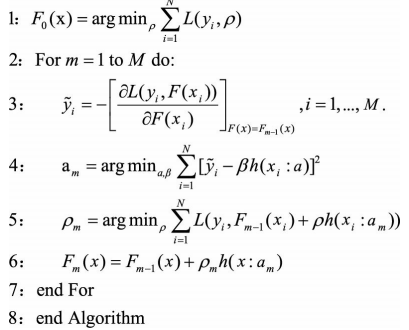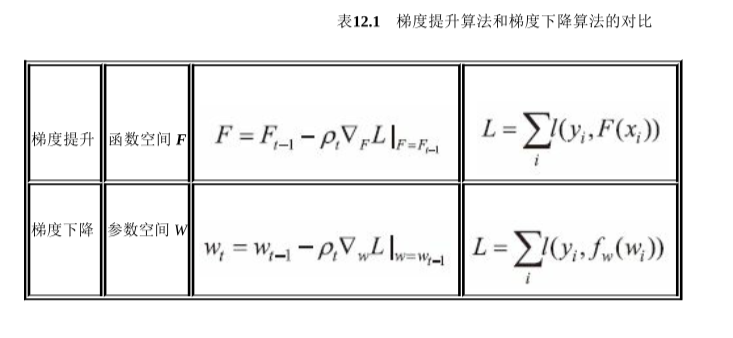并不是noise越少越好,noise主要是为了摆脱鞍点的[]
Read More
所以主要是要学的一个更好的分布,分布更加均匀,更加散。同时在长尾的例子上希望能学的更好 []
Read More
Question List[](其实吧,我怀疑就是抄的c++ primer里面的,c++primer介绍的确实详细。)
Read More
LDA []
文本集合的概率模型,文本-话题,话题-单词矩阵的多项式概率参数由狄利克雷分布生成,但是仅生成一次,并不是没生成一个单词就生成一个分布,所以可以计算。和逻辑回归的参数可以假设符合正态分布类似,同时该假设与l2正则等价。参数符合预设的分布能降低过拟合概率。
Read More
参考:foundations of machine learning , appendix B
Read More
By keeping $y$ of points at the margin line being $ \pm 1$,let
Read More
How to solve $ Ax=b $? ( \(A\in \mathbb{R}^{m*n}, x \in \mathbb{R}^{n*1}, b \in \mathbb{R}^{m*1}\))
- when $m=n$ and $\mathrm{Rank}(A) = m$:
Read More
\[\begin{aligned}
&\left.\ell_{\text {atk }}\left(\theta, g_{t}\right)=\mathbb{E}_{G \in \mathcal{D}\left[y_{t}\right], G^{\prime} \in \mathcal{D}\left[y_{y}\right]} \Delta\left(f_{\theta}\left(m\left(G ; g_{t}\right)\right)\right), f_{\theta}\left(G^{\prime}\right)\right) \\
&\ell_{\text {ret }}\left(\theta, g_{t}\right)=\mathbb{E}_{G \in \mathcal{D}} \Delta\left(f_{\theta}(G), f_{\theta_{0}}(G)\right)
\end{aligned}\]
Read More
图片格式:

Read More

 [
[